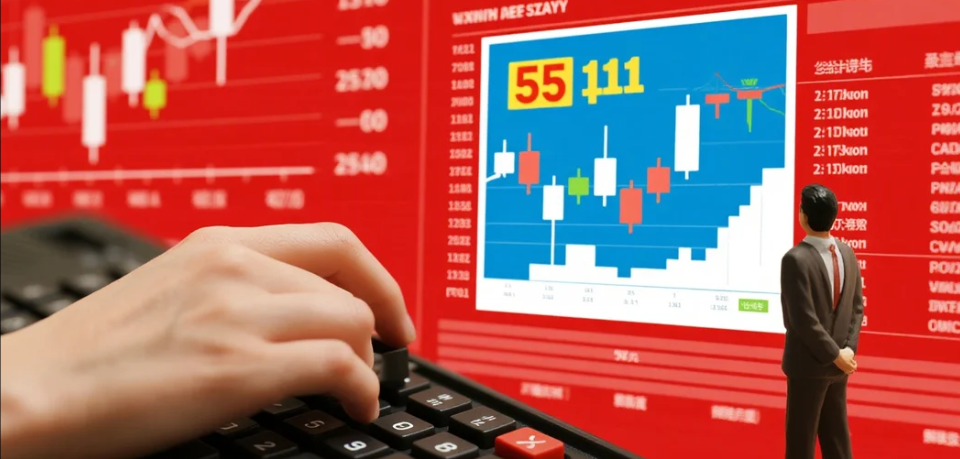
When city skylines are defined by towering buildings, our gaze often remains fixed on the hustle and bustle at ground level. Yet right above our heads, beneath this very sky, a revolution in spatial utilization is quietly emerging. This is the low-altitude economy.
Definition of Low-Altitude Economy
The 2023 Central Economic Work Conference emphasized using technological innovation to lead the construction of a modern industrial system and accelerating the development of strategic emerging industries including the low-altitude economy.
The low-altitude economy is a new comprehensive economic form that utilizes low-altitude airspace, driven by various manned and unmanned aircraft conducting activities such as passenger transport, cargo delivery, and other operations. It radiates outward to promote integrated development in commercial activities and public services. Simply put, it's an economic model that leverages relatively low-altitude airspace for various commercial activities.
Current Development Status of China's Low-Altitude Economy Industry
The low-altitude economy is about doing business in the sky. This industry has now moved from trial and exploration phases to widespread application.
The "2024 China Low-Altitude Economy Report" shows that in 2022, global drone investments reached $4.8 billion, with 2,818 general aircraft sold totaling $22.9 billion in sales. China's low-altitude economy market scale reached 2.5 trillion RMB, generating 41.8 billion RMB in revenue. There are over 8,000 enterprises involved in the low-altitude economy, including 38 listed companies or companies listed on the New Third Board. The country has 3,177 general aircraft that flew 12.19 million hours, and 958,000 registered civilian drones that flew 20.67 million hours, leading the world in scale.
Main Application Areas of Low-Altitude Economy
The applications of the low-altitude economy are extensive, covering multiple industries and various aspects of daily life. Key application areas include:
Logistics Delivery: Drones play an increasingly important role in urban and remote area deliveries, improving efficiency and reducing labor costs.
Agricultural Protection: Drones are used for pesticide spraying and crop monitoring, enhancing agricultural efficiency and precision.
Inspection and Monitoring: Drones conduct power line inspections, environmental monitoring, and forest fire prevention, improving inspection efficiency and safety.
Emergency Rescue: During disasters, drones can quickly reach sites for reconnaissance and deliver relief supplies, improving response times.
Tourism: Low-altitude tourism like hot air balloons and helicopter tours offer visitors new perspectives and experiences.
Urban Management: Drones are used in traffic management, building monitoring, and public safety, enhancing smart city capabilities.
Transportation Services: Urban Air Mobility (UAM) and electric Vertical Take-Off and Landing (eVTOL) aircraft development points to future urban transportation modes.
Education and Research: Educational drone development promotes STEM education.
Commercial Aerial Photography: Drones provide new angles for film production and advertising.
Consumer Use: Recreational drone use enriches personal entertainment through aerial photography and leisure flying.
What Challenges Exist?
Despite rapid development, the low-altitude economy faces several challenges:
First, like building without blueprints, we face issues including incomplete regulations, regulatory gaps, and lack of unified technical standards.
Second, like racing without tracks, inadequate infrastructure and airspace management limit large-scale development.
Finally, while many companies operate in this field, the absence of leading brands hinders industrial chain coordination.
These are problems the low-altitude economy must solve to grow.
What Opportunities Exist?
Despite challenges, the low-altitude economy has bright prospects.
Strong policy support provides powerful momentum for development.
Technological advances, especially in drones and eVTOLs, offer solid technical foundations.
Growing market demand in tourism, logistics, and agriculture indicates huge commercial potential.
Industrial upgrading and new industry development will further drive economic growth.
By the end of the 14th Five-Year Plan period, the low-altitude economy's comprehensive contribution to GDP is expected to reach 3-5 trillion RMB.
Compared internationally, our greatest advantage is speed. Maintaining this real-time competitive state means we'll have few global rivals in this field.















